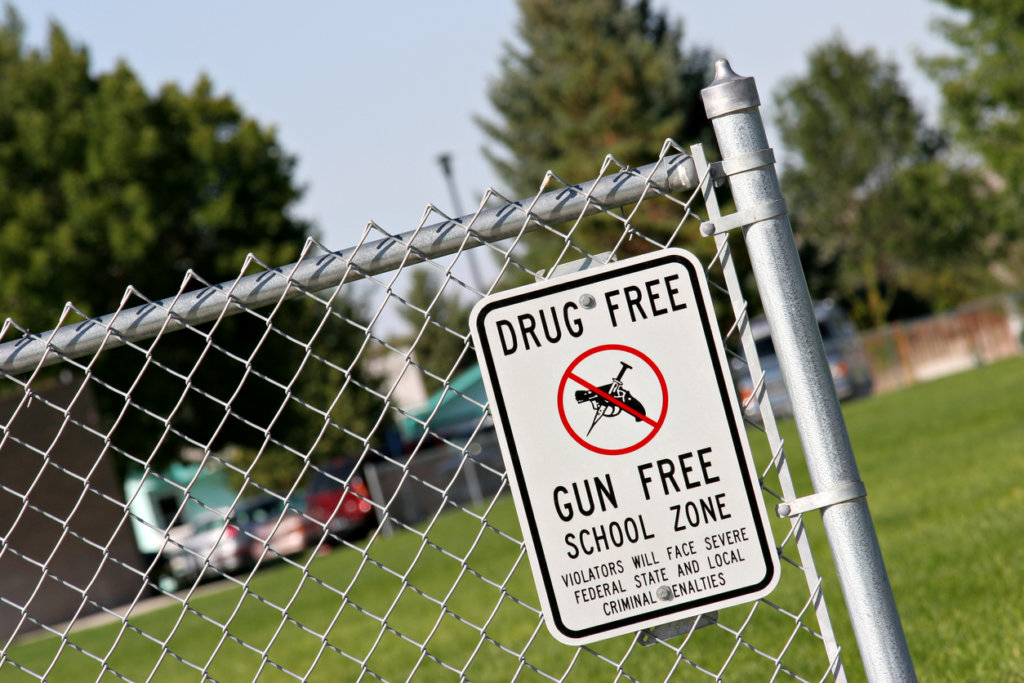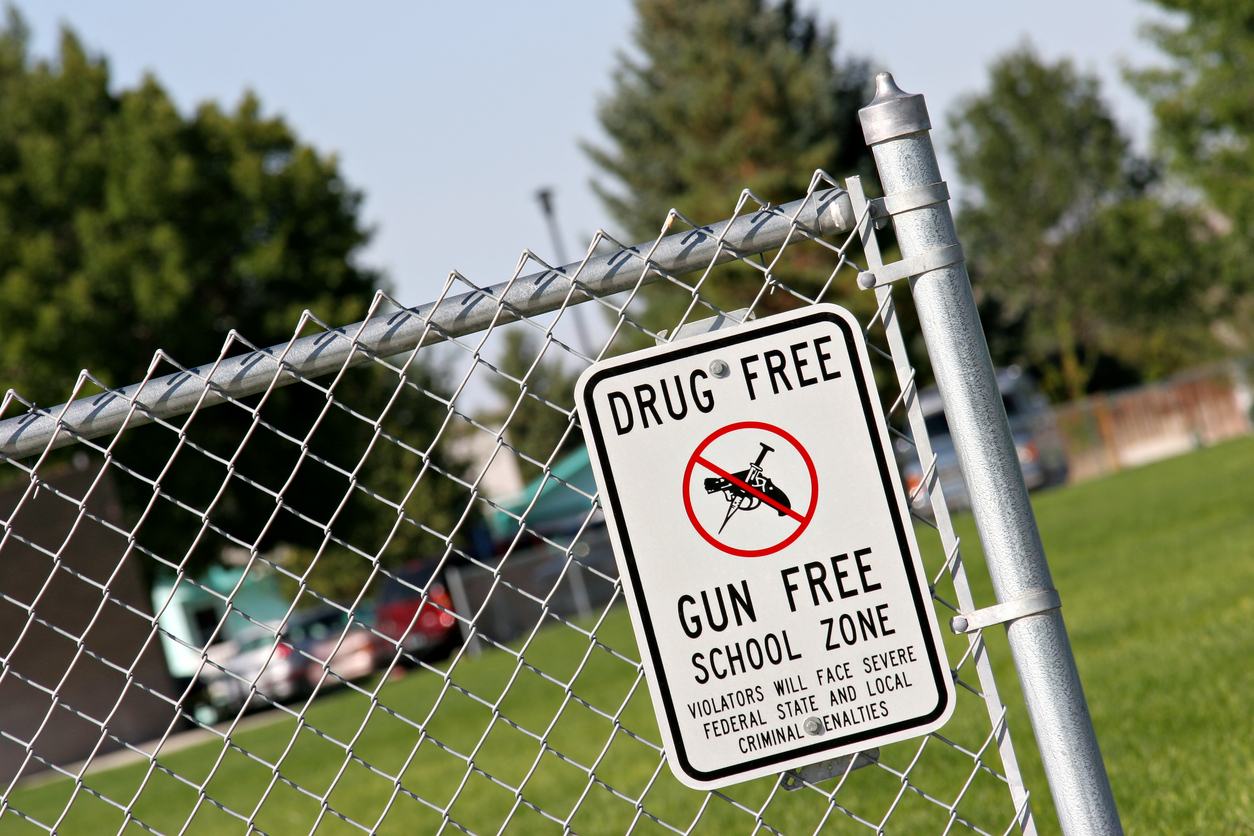School safety has always been a concern for Latino students
In the wake of a tragic school shooting, student safety is at the forefront of conversations around education. The task of school safety is one that challenges all schools—urban, suburban, and rural alike have all faced heartbreaks in recent years.

School safety goes beyond the publicized shootings within the walls of a school building, but starts with general school violence. The Centers for Disease Control and Prevention defines school violence as “youth violence that occurs on school property, on the way to or from school and school-sponsored events, or during a school-sponsored event.” This violence comes in many forms, from bullying to assault.
SCHOOL VIOLENCE IS NOT NEW FOR LATINO STUDENTS
The effects of school violence have long plagued many Latino students and their families; 46% of Latino adults think that schools are not very safe or not safe at all. Young Latinos are disproportionally more likely to experience violence, both homicide and nonfatal intentional incidents.
While the latest Indicators of School Crime and Safety found that schools are safer for the overall student population, for many Latinos, school violence continues to impact their daily lives. A higher percentage of Latino students than White students report being afraid of attack or harm at school or away from school. Approximately 7% of all Latino students reported being called a hate-related word at school and 23% reported being in a physical fight. Even our youngest students face these problems—just over 12% of Latino kindergarteners reported being pushed, shoved, slapped, hit, or kicked by a third grader in last year’s report.
SCHOOL VIOLENCE LEADS TO A TOXIC SCHOOL CLIMATE
Although the severity of violence varies, clearly Latino students are facing many hardships. These trials create a school climate full of tension and fear. Positive school climates have been linked to increased academic achievement, student and parent engagement, and both students and staff feeling safer at school.
The current administration, as well as many state and federal lawmakers, have suggested introducing legislation aimed at combating school violence, but their proposed methods will only make the problem worse by contaminating already distressed schools’ climates.
Arming teachers and introducing more armed police officers in schools are two of the most discussed methods. However, as we have seen recently, both scenarios come with risks of unintended violence. These measures disproportionally impact Black and Latino students. Time and again, we have seen that the increased presence of armed personnel in schools has led to increased student suspensions and arrests with wide racial disparity. For immigrant students, we see a decline in academic achievement and an increase in absenteeism for fear of school cooperation with immigration officials.
SCHOOL CLIMATE AND SCHOOL SAFETY GO HAND IN HAND
The proposed measures have a negative effect on school climate and safety. Research shows that the best way to reduce school violence is through comprehensive efforts that focus on prevention, assessment of threats, and having an effective plan to respond to troubling behavior.
Prevention: Conflict resolution training, classroom behavior management, and efforts to increase parental involvement are some of the time-tested methods that have had positive results.
Assessment: For at-risk students, schools should focus their efforts on interventions such as mentoring, anger-management screening, and teaching social skills.
Responsiveness: Schools should ensure that their responses are fairly and consistently enforced across students from different racial and ethnic backgrounds.
COMBAT SCHOOL VIOLENCE BY INCREASING RESOURCES, NOT LIMITING STUDENT RIGHTS
As lawmakers move to create measures to combat school violence, they should work to implement measures that support positive school climates. Schools should be provided with increased funding for school counselors, psychologists, and other mental health services. Student safety can also be increased by coordinating and integrating school programs with community-based organizations.
Lastly, programs that foster relationships and trust between students and staff will not only improve school climate, but give teachers more insight into the needs of their students for early intervention as needed. Instead of creating more barriers between school personnel and students in the form of weapons, we need to break down these fences.
MORE ON EDUCATION
Advocates and media raise alarm on potential dangers of arming schoolteachers
